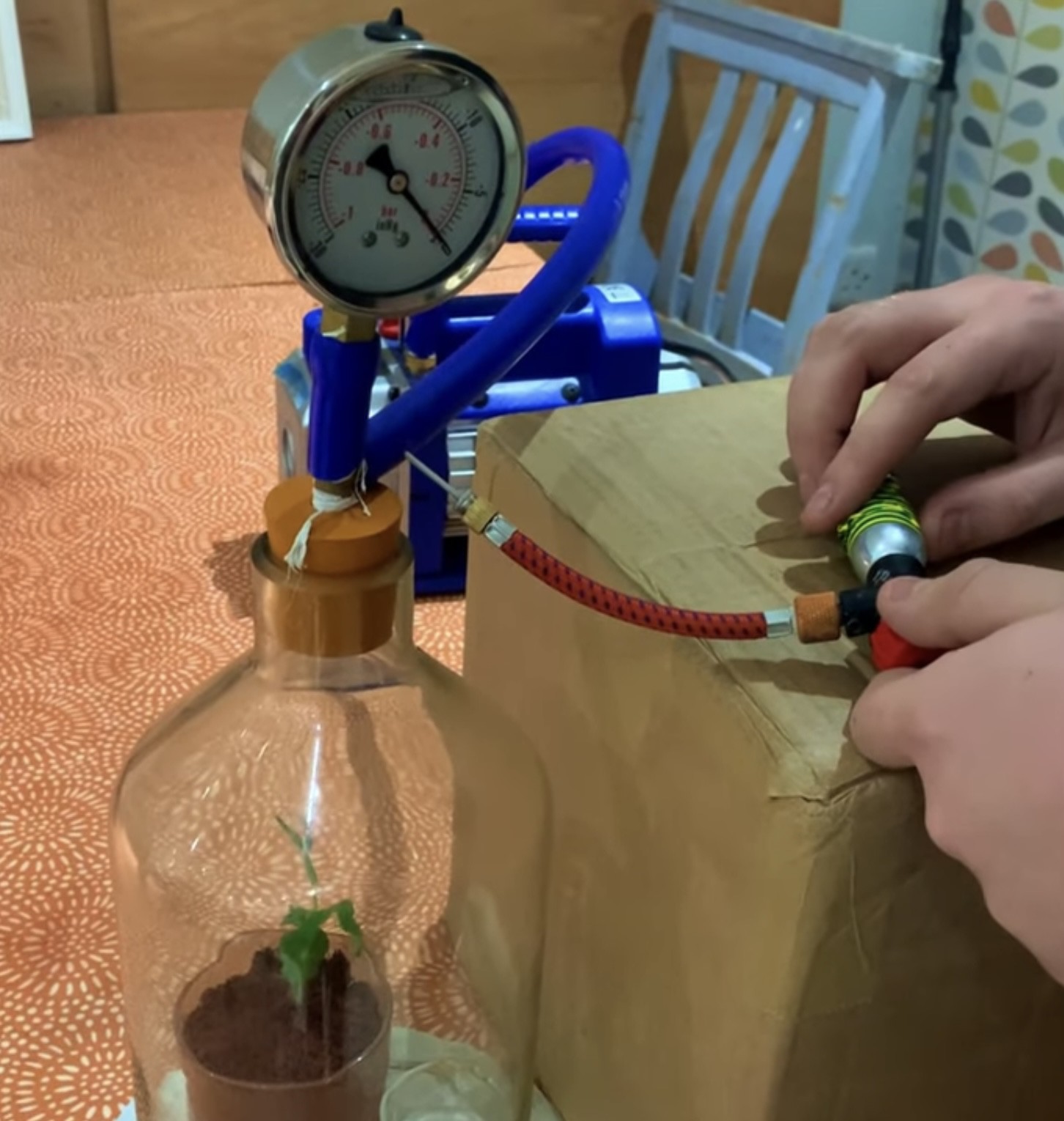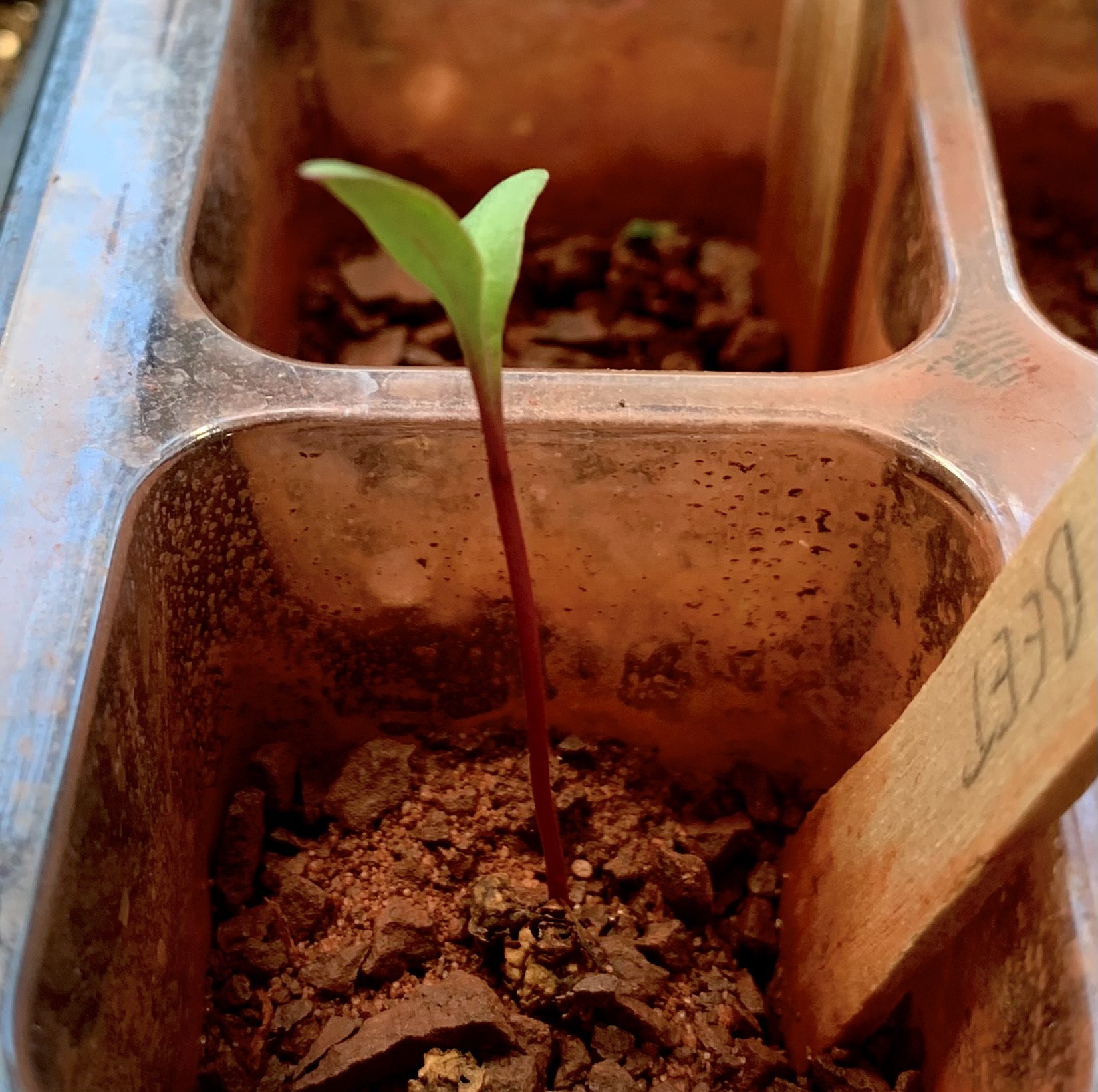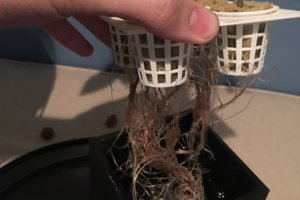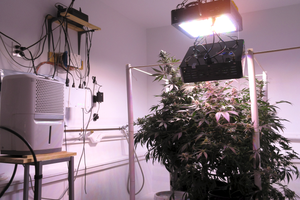Introduction:
In this project we delve into the fascinating world of growing plants in Martian soil stimulant. After creating a chemically accurate simulant of Martian soil, it's time to see if terrestrial plants can thrive in this alien dirt. Join us as we explore the challenges and possibilities of Martian agriculture.
Background:
Initially, we examine the possibility of planting a seedling in Martian soil stimulant and watering it in a Martian atmosphere. However, we quickly discover that Mars' thin atmosphere, composed mostly of CO2, poses a significant challenge. In our vacuum chamber, we simulate the Martian atmosphere by removing the air and introducing pure CO2. We soon realize that plants, despite their ability to release oxygen during photosynthesis, require a continuous supply of oxygen to survive. Thus, the need for controlled environments, such as greenhouses with oxygen and sufficient lighting.

Building the Setup:
To compensate for the lack of organic matter and the dense nature of Martian soil, we introduce urea to provide nitrogen and vermiculite to aerate and retain moisture. These additions mimic the vital elements that organic matter would typically provide.


Testing and Results:
We conduct a variety of tests using different seeds, including kale, carrot, and beet. Opting to harvest microgreens, we observe their growth and taste. The vermiculite samples show the importance of maintaining moisture, while the carrot microgreens successfully capture the flavor. Although the experiment provides promising results, we acknowledge that a more significant scale is necessary to sustain a crew.



Continuing Experiments:
To further explore the potential of Martian agriculture, we conduct additional tests with kale, utilizing Martian soil, vermiculite, and a small amount of urea. The batch exhibits strong growth, indicating the viability of certain plants in this simulated Martian environment.


Further Enhancements:
Experimenting with incubation chambers, we explore techniques to facilitate the germination of larger seeds. While effective, we discover that quick sprouting seeds like kale yield more promising results. Additionally, we showcase a fun creation, a "Marsarium," using leftover soil to create a miniature Mars-like ecosystem.



Conclusion:
The project demonstrates that with careful adjustments and controlled environments, plants can indeed grow in simulated Martian soil. While challenges like perchlorate removal and organic matter absence remain, this exploration paves the way for future research on Martian agriculture and the potential for sustainable food production during future space missions.
 Tom Farnell
Tom Farnell


 Garret
Garret
 Anteneh Gashaw
Anteneh Gashaw
 Fabien Royer
Fabien Royer
Vermiculite on Mars? I thought vermiculite was manufactured by steam-treating mica -- guess not, though. Interesting...